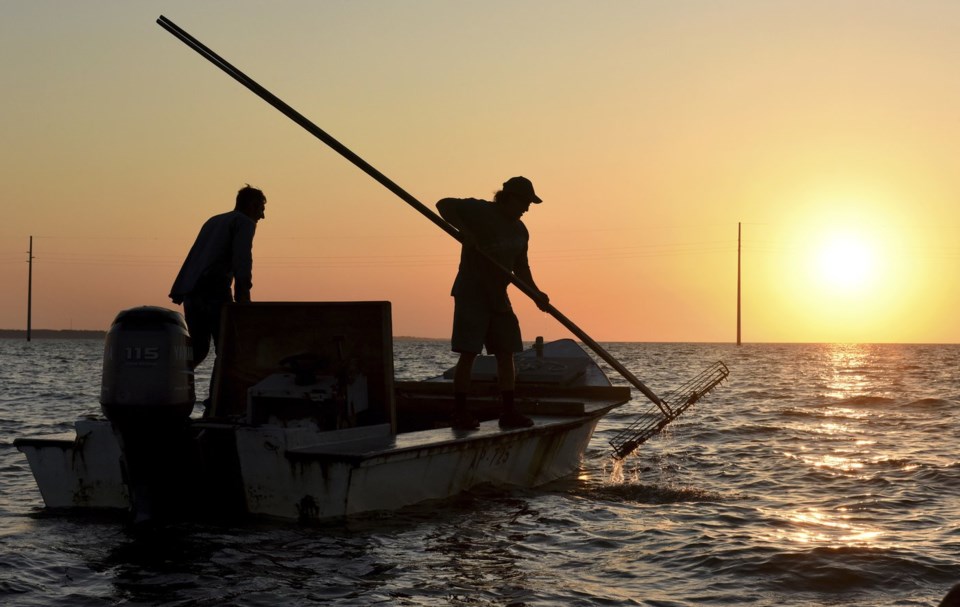TALLAHASSEE, Fla. (AP) — Florida wildlife officials have given preliminary approval to a plan to reopen Apalachicola Bay for oyster harvesting, five years after the waters were closed due to dwindling shellfish populations.
The closure of the bay along what's known as Florida's “Forgotten Coast” dealt a blow to an area that historically produced 90% of the state’s oysters and 10% of the nation’s.
Around the world, fish and shellfish populations have dwindled to dangerously low levels, as one of society's oldest industries faces warming seas, global appetites and overfishing.
In recent years, waves of drought and the water demands of metro Atlanta and farmers upstream have sapped the Apalachicola River and the bay it flows into. Those factors, as well as predation and overharvesting, helped push oyster production into free-fall and triggered the five-year closure of the fishery in 2020.
Now, state regulators say populations have recovered enough to allow a limited reopening for commercial and recreational harvesting, with rules set for the number and size of oysters that can be taken and from which reefs.
For Ricky Jones, chair of the board of county commissioners for Franklin County, which includes the bay, the reopening can't come soon enough.
“Tomorrow would be a good day," Jones said, “but I know that’s not possible.”
The Florida Fish and Wildlife Conservation Commission is expected to finalize the terms of the potential reopening at a meeting in November, with the next oyster season slated to open Jan. 1, 2026.
The once-booming oyster industry is part of the lifeblood of the town of Apalachicola, which has had to reinvent itself over the past two centuries. In the 1830s as the cotton industry grew, the town became the third-largest port on the Gulf of Mexico, trailing only New Orleans and Mobile, Alabama.
The town still has one of the last historic working waterfronts in a state where much of the picturesque coastline has long given way to high-rise condos and strip mall souvenir shops, but a way of life for generations of commercial fishermen in Apalachicola Bay is disappearing.
The sweet, plump mollusks synonymous with the town are prized well beyond the region, and tourists have long flocked to Apalachicola — population 2,341 and known to locals as Apalach — to enjoy waterfront views at restaurants that serve the freshly shucked shellfish. Lately, those oysters have most likely been shipped in from Texas or Louisiana.
Jones is hopeful reopening the bay will help bring the local fishermen back.
“It's part of who we are,” Jones said, adding, “we want to see people working and doing that again.”
___ Kate Payne is a corps member for The Associated Press/Report for America Statehouse News Initiative. Report for America is a nonprofit national service program that places journalists in local newsrooms to report on undercovered issues.
Kate Payne, The Associated Press




